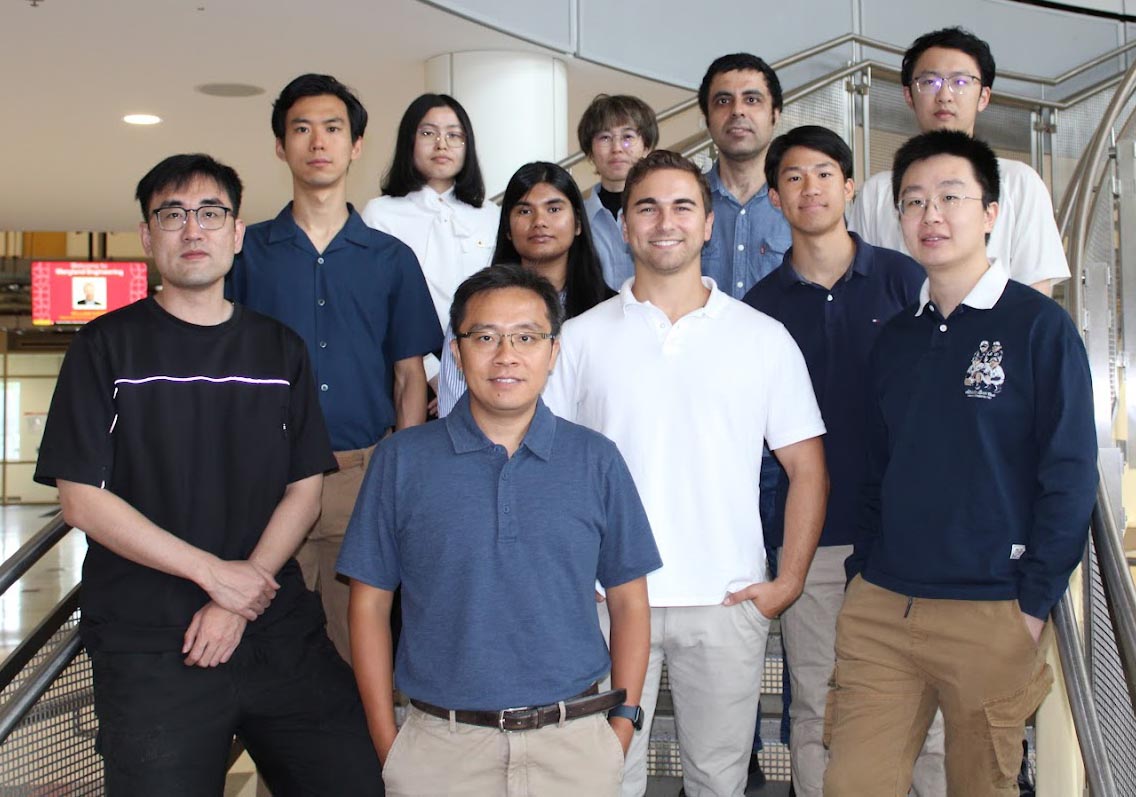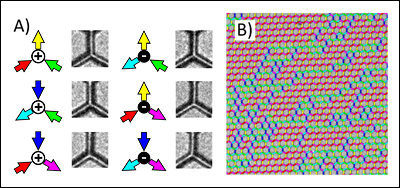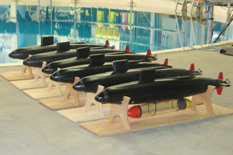News Story
Maryland Engineering and Partners Win $26M to Develop Better HVACR Systems and Fight Climate Change

The U.S. National Science Foundation (NSF) has awarded six engineering schools, including the University of Maryland’s (UMD) A. James Clark School of Engineering, $26 million to establish a new Gen-4 Engineering Research Center (ERC) focused on reining in the environmental costs of refrigeration technologies. ERCs are among the significant and competitive awards from the NSF.
“We’re honored to collaborate with the National Science Foundation and other top research institutions to develop heating, cooling and ventilation systems that are more efficient and effective,” said UMD President Darryll J. Pines. “This award is a testament to the talents of our students and faculty who are fighting climate change and improving lives around the world.”
The Environmentally Applied Refrigerant Technology Hub (EARTH) will reimagine the process for heating, ventilation, air-conditioning, and refrigeration (HVACR) systems across the globe. EARTH will develop sustainable, accessible, and equitable refrigerant technologies and practices through research, education, and innovation that will improve quality of life and combat climate change.
“We are incredibly grateful for and proud of this award, and the opportunity it creates for us to make a lasting contribution to a sustainable future,” said Clark School Dean Samuel Graham, Jr. “We depend on HVACR technologies to provide a comfortable living environment, safe transportation and storage of food and medicine, and more daily applications. Climate change and the growing demand globally for HVACR impact society’s ability to meet this demand in a way that minimizes the impact on the environment. Through pioneering research, workforce development programs, and partnerships with industry, Maryland Engineering has a strong record of creating innovative HVACR solutions, and we are ready and eager to bring that experience to the EARTH ERC.”
Heating, ventilation, air conditioning, and refrigeration are critical to society, enabling it to control temperatures in homes and buildings, and transport and store food and medicine. But the hydrofluorocarbons used in most systems contribute significantly to global warming, with an impact 700 - 4,000 times that of carbon dioxide. High leak rates and energy consumption levels compound the problem. Under the Kigali Amendment to the Montreal Protocol, signed in 2016, the United States and 170 other countries agreed to phase out Hydrofluorocarbons (HFCs). The new ERC will be helping to spur the technological innovations needed to fulfill that commitment.
The $26 million NSF EARTH Hub is a partnership between six universities, led by the University of Kansas and Mark Shiflett of its Department of Chemical & Petroleum Engineering. At the Clark School:
-
Professor and Interim Chair of the Department of Materials Science and Engineering Ichiro Takeuchi serves as a research lead
-
Visiting Professor Dongxia Liu, who has an appointment in the Department of Chemical and Biomolecular Engineering, will serve as a research co-lead
-
Associate Professor and Clark Faculty Fellow Damena Agonafer from the Department of Mechanical Engineering will serve as a site lead.
The research thrusts being led by Takeuchi and co-led by Liu concern novel and safe refrigerants and energy efficient systems, respectively. In addition, Brent Goldfarb, a professor at UMD’s Robert H. Smith School of Business, is co-lead on another thrust, focused on reclamation and repurposing.
“The new ERC will allow us to continue our work on alternative cooling technologies such as elastocaloric cooling, which is based on metallic refrigerants. It is extremely timely given that we have recently shown that the group of solid state cooling technologies called calorics have matured to the point where scaling up devices and systems can soon lead to commercial applications,” said Takeuchi.
Reinhard Radermacher, the director of UMD’s Center for Environmental Energy Engineering (CEEE), and CEEE co-director Yunho Hwang will conduct several projects as part of the ERC’s research thrusts. Among other endeavors, they will be helping to spearhead the design and implementation of large temperature range elastocaloric regenerators, while working to enhance their cooling capabilities. A leader in HVACR innovation and energy systems research for more than 30 years, CEEE works with industry partners to devise and implement novel approaches to air-conditioning, refrigeration, heat pumping, and in integrated cooling and heating systems.
Agonafer, the director of the Nanoscale Energy and Interfacial Transport Lab (NEITLab), will lead the development of novel porous materials for high-efficiency dehumidification in HVACR systems to enhance energy efficiency and heat regulation across various refrigeration applications. Agonafer will also support Rademacher and Hwang in developing novel alternative cooling technologies like solid-solid phase change materials and thermoelectric systems. “The EARTH ERC will allow research and development of novel porous materials for dehumidification which is essential for developing next generation efficient HVACR systems,” Agonafer said.
Professor Efrain Rodriguez, who holds a dual appointment in Chemistry and Biochemistry and Materials Science and Engineering, and Assistant Professor of Materials Science and Engineering Gianna Valentino, will work on development of novel solid state cooling materials.
NSF’s Engineering Research Centers program brings technology-based industry and universities together to strengthen the competitive position of American industry in the global marketplace. This ERC has interacting foundational components that go beyond the research project, including engineering workforce development and value creation within an innovation ecosystem that will outlast the lifetime of the ERC.
UMD was previously chosen for one of the first six ERCs to be established under the program in 1985. That center ultimately became the Institute for Systems Research (ISR), an internationally recognized leader in advanced technologies such as autonomy, artificial intelligence, and robotics.
Published August 21, 2024







